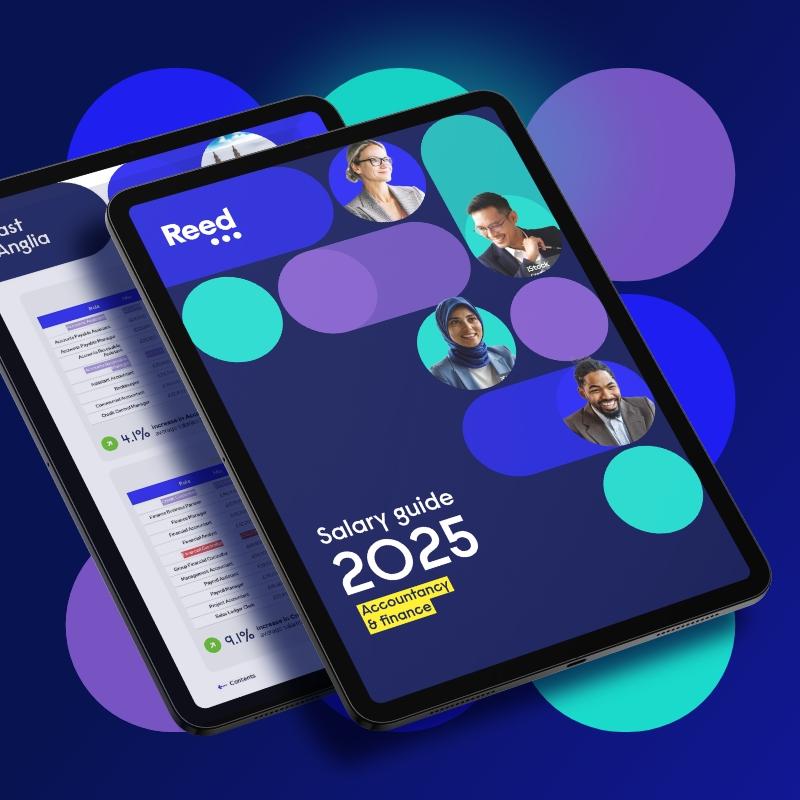The present recruitment environment is unlike any we’ve ever witnessed. The very best professionals who enter the market are being offered multiple roles within days – sometimes even hours.
Against this backdrop, organisations that move quickly and streamline their recruitment processes are the ones who will be most successful in hiring their desired candidates. However, certain organisations are still reluctant to alter their standard process as they are concerned about not having enough information to make an informed hiring decision.
There are steps businesses can take to enable them to accelerate their speed of hire while still getting to know the applicants involved and feeling sure that they’re employing the best person for the role.
Producing a clear job description that is seen by the right people
The first step in speeding up your process is through the job description. Getting the right professionals interested in the role quickly is critical to securing the best talent available in the marketplace. This doesn’t mean you should simply recycle the description you used previously. Instead, you need to ensure you make every word matter.
A main priority initially is clarifying whether the role is fully onsite, hybrid or completely remote. If it’s hybrid, be transparent about what the working pattern looks like. Candidates dropping out because they were unaware that they would need to work from home, or there are more days onsite than they would prefer, can create huge delays. Additionally, for remote roles - or hybrid roles with minimal time onsite - you can be location agnostic and expand your pool of available talent.
You must determine what skills, experience and qualifications someone absolutely has to have to succeed in the role, and what are the skillsets that would be nice to have. Clearly communicate which elements are mandatory and which are desired/ideal to ensure you’re keeping the role open to everyone who could succeed at interview stage.
With the shortage of professionals available, you need to clearly express areas where the applicant could delegate or collaborate when needed. You don’t want to miss out on a candidate who exceeds expectations in most aspects of the role but was deterred from applying because they didn’t have experience or expertise in an area where a colleague could support them.
When writing the description, make sure you break down each item into one or two lines, while still including as much detail as you can. Keep it to as few points as possible – it shouldn’t be an exhaustive list, as this increases the chance that jobseekers will be discouraged from applying.
Finally, make sure the core duties you list really do reflect the responsibilities they will be assigned. Having candidates applying for a role thinking it is one thing and finding out it is another is guaranteed to lengthen the process.
Once you have a clear, concise job description, you need to make sure it reaches the right people. Ensure you post it to major job sites like Reed.co.uk, as well as industry-specific job boards. Creating web-specific descriptions for these sites, optimising commonly used search terms and keywords, will help to reach the right professionals.
Getting this right and bringing the right candidates into the process to begin with is an easy way to increase the pace of your hiring process.
Ensure everyone understands the need for speed
When you successfully get the right candidates into the process, you now need to ensure you move quickly to keep them engaged and stop them being snapped up by a competitor.
A barrier to this can be internal stakeholders and processes. Before you begin, you need to ensure all key stakeholders have embraced the fact the process will need to be as efficient as possible and should be willing to make changes to the ‘normal’ process to get who they need.
For example, we recently worked with a client seeking two developers. Given that the market is even tighter for these professionals than most other roles, the head of technology who was recruiting agreed to conduct both the required first and second interviews on the same day – rearranging his diary once we had identified the right professionals. The candidates in question were so impressed by the speed of response and desire to secure them that both accepted the role immediately, despite having other offers.
Being flexible enough to alter your usual recruitment strategy is vital. This could include combining certain interviews with people from different areas of the organisation (such as the hiring manager, HR and senior leaders) into one or two stages, as opposed to having separate interviews for each in your usual process. In the current climate, an interview process should be a maximum of two stages if you want to hire your preferred candidate - with these conducted as quickly as possible.
Using remote processes is another way to increase the speed at which you operate. Conducting initial interviews over video and remotely onboarding new hires are some of the tactics being used by organisations to speed up their process. Kickstarting the onboarding process remotely also keeps candidates engaged during notice periods – reducing the likelihood of them accepting a counteroffer.
Work with a recruitment expert to examine your process
Accessing the knowledge of a recruitment partner is a simple way of ensuring your hiring process is as streamlined as it possibly can be. While there are multiple ways in which a hiring specialist can support you in speeding up your recruitment process, here are key steps they’ll take to help you:
Offer an immediate pool of talent for you to draw from. If a recruitment company can match you with a candidate who is a good fit from its existing database, then this dramatically speeds up the process.
Reducing the job description down to the essential skills - they will help you determine what the minimum requirements for the role are.
Agree on feedback and interview timescales and stick to this. Candidates need to feel wanted by businesses in this market – providing feedback and guidance on next steps promptly really makes jobseekers feel valued.
Accelerate the process by conducting rapid screening interviews. By providing you with a number of ‘killer questions’ to ask everyone at the interview stage, a recruiter can quickly identify those who you should bring forward in the process and gather information that you can expand on in a further interview. Doing this can cut the number of interviews you conduct yourself.
Act as a natural conduit between you and the professionals in the process. This maintains engagement and ensures the applicants don’t get ‘lost’ and again makes them feel valued. This also significantly reduces the time to hire.
In a candidate-driven market, using these tips to streamline your recruitment process can be the difference between securing the perfect professional or losing out to a competitor.
Find out how Reed’s consultants can support you in finding the perfect candidate.




